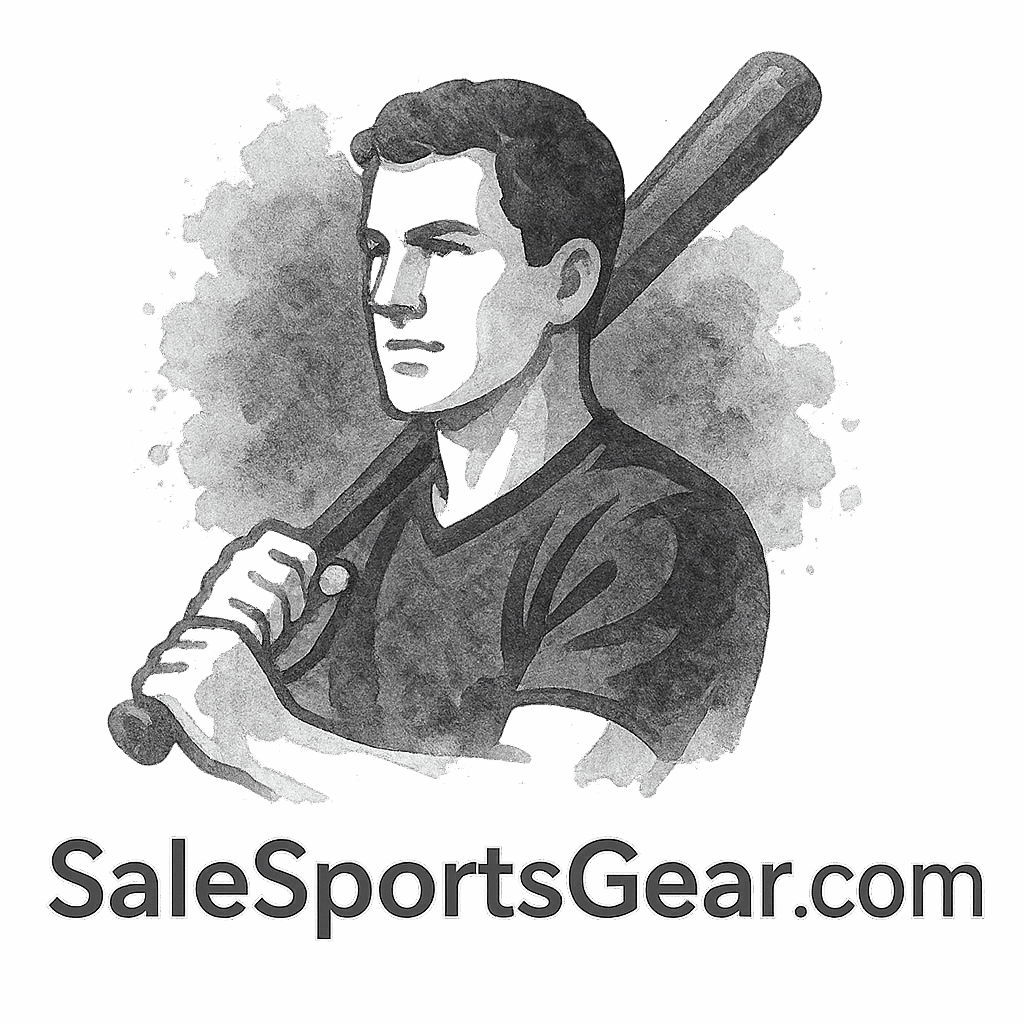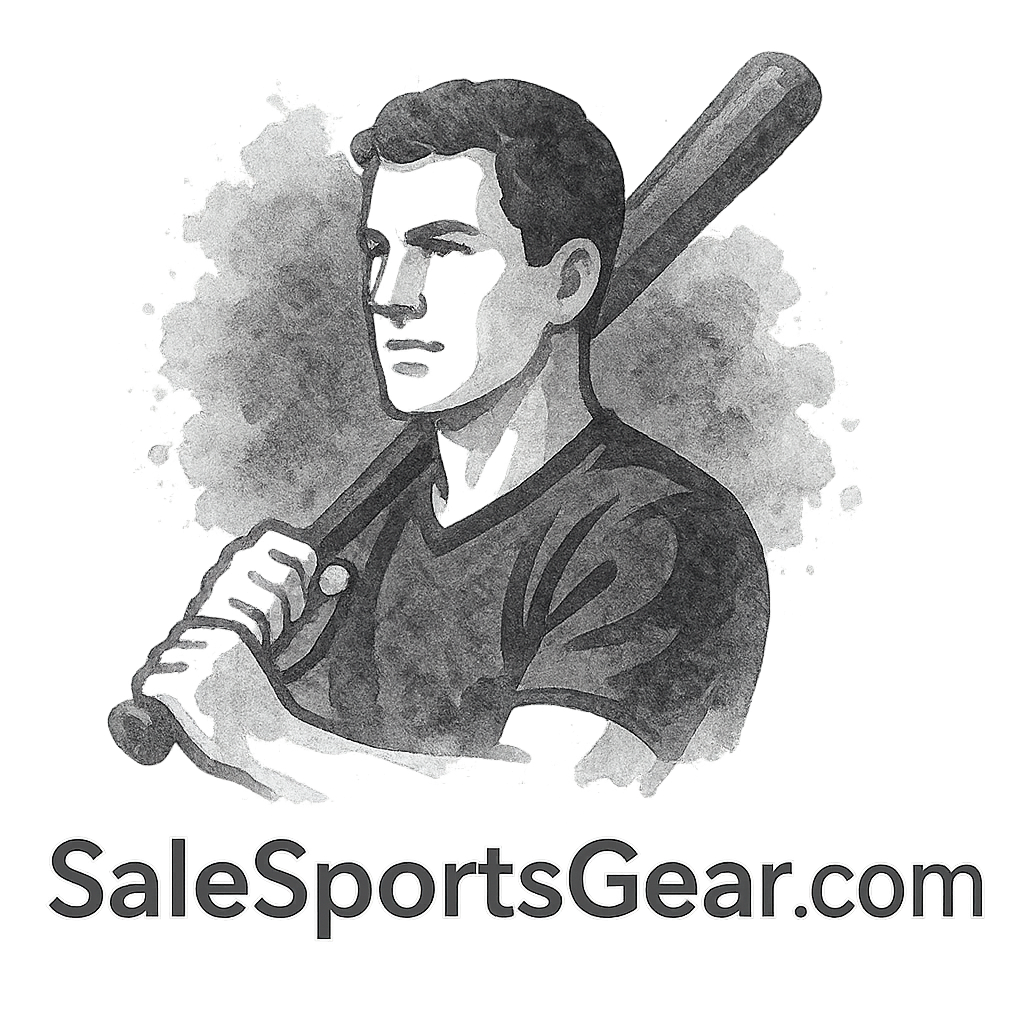Just getting started with sports gear? Then let’s talk about one of the most crucial (yet often overlooked) pieces of equipment — the helmet. It’s not just another accessory you throw on; it’s your head’s best friend. Whether you’re biking through the neighborhood or hitting the slopes, wearing a helmet could literally be the difference between a fun ride and a trip to the ER.
So if you’re new to the world of sports gear, this guide will walk you through 10 essential helmet buying tips designed just for beginners.
Why Wearing a Helmet is Non-Negotiable
Safety First, Style Second
Let’s be real — looking cool matters, but not more than your brain. Helmets are designed to absorb impact and reduce the risk of serious injuries. That alone makes them worth every cent.
Real-Life Consequences of Not Wearing One
Still skeptical? One fall on concrete or ice without a helmet could lead to concussions, skull fractures, or worse. A split-second accident can change your entire life. Don’t take the risk.
Looking for certified helmets and beginner-friendly gear? Check out Salesportsgear.com for handpicked collections for all age groups and activities.
Tip #1: Know Your Sport
Different Helmets for Different Games
A one-size-fits-all helmet? Not a thing. Each sport has different helmet requirements.
Cycling vs. Skateboarding vs. Snowboarding
- Cycling helmets: Lightweight, well-ventilated, aerodynamic.
- Skateboarding helmets: More coverage at the back of the head.
- Snowboarding helmets: Built for insulation, impact absorption, and even ear protection.
Before buying, decide what sport you’ll be using it for. Not all helmets are interchangeable.
For more gear by sport, check this curated section: Sports Gear by Sport
Tip #2: Measure Your Head Accurately
Size Charts Are Your Best Friend
Most helmets come in small, medium, and large — but those aren’t universal. Always refer to the manufacturer’s sizing chart.
How to Measure Your Head Properly
Use a soft measuring tape to wrap around your head, just above your eyebrows and ears. If you’re in-between sizes, go for the snugger fit (most helmets have adjustable pads anyway).
Need kids’ helmets? Visit Sports Gear for Kids for age-appropriate sizing and designs.

Tip #3: Choose Certified Helmets Only
Safety Certifications to Look For
Don’t settle for a helmet without a safety stamp. Depending on where you live, look for:
- CPSC (Consumer Product Safety Commission)
- ASTM (American Society for Testing and Materials)
- CE EN 1078 (European Standard)
- Snell Certification
These labels mean the helmet has undergone proper crash testing. Safety first, always!
Check out the Performance Gear Collection for certified options.
Tip #4: Don’t Compromise on Fit
The Two-Finger Rule and Retention System
A well-fitted helmet should sit level on your head, not tilted. Use the two-finger rule: Two fingers should fit between your eyebrows and the bottom of the helmet. The chin strap should be snug — one or two fingers max between strap and chin.
Some helmets also have an adjustable retention system (dial or slide) to keep things in place.
Tip #5: Consider the Helmet’s Material
What’s Inside Matters
Most quality helmets use EPS foam (Expanded Polystyrene) for shock absorption. The outer shell might be polycarbonate or ABS plastic.
Don’t just focus on the outer look. Read what materials are used inside — that’s what saves your skull.
Browse reliable materials in our High-Performance Sports Accessories section.
Tip #6: Ventilation is Key
Stay Cool and Comfortable
If your helmet feels like a sauna, you won’t want to wear it. Look for strategically placed vents that allow airflow without compromising safety.
For hot climates or longer play hours, ventilation becomes even more critical.
Looking for seasonal options? Tap into Seasonal Sports Gear.
Tip #7: Weight Can Make or Break Comfort
Lightweight Helmets for Long Hours
Heavier helmets may offer more protection, but they can also be a literal pain in the neck — especially for younger athletes.
Go for lightweight yet certified helmets that offer a good balance between protection and comfort.
You’ll find a good mix in our Athlete Tools tag section.
Tip #8: Check for Adjustable Features
Customization for the Win
The best helmets come with adjustable pads, retention dials, and interchangeable linings. These allow you to tweak the fit until it feels just right.
Bonus: Some even come with goggle clips or Bluetooth capabilities for the tech-savvy athlete.
Tip #9: Style & Color Still Count
Be Seen, Be Safe
Bright-colored helmets can actually help others spot you quicker — especially in low-visibility conditions like dusk or snow.
Plus, why not ride in style? There’s no shame in picking a helmet that matches your jersey or bike.
Browse top-selling Accessories to complete your gear look.
Tip #10: Budget Wisely—Quality Over Cheap Deals
Long-Term Investment in Safety
Sure, you’ll find helmets for $20 online — but will they protect you in a serious crash? Probably not.
Expect to invest between $50 to $150 for a reliable helmet. Remember, you’re protecting your head — don’t go cheap on that.
Need help balancing budget and quality? The Sports Gear by Type section has smart picks.
Bonus: Where to Buy Quality Sports Helmets
Trusted Sports Gear Stores Online
The web is flooded with gear stores, but not all are created equal. One store that gets it right for beginners, pros, and everyone in between is Salesportsgear.com.
Their tags help you easily find:
Conclusion
If you’re just stepping into the sports world, remember this: your helmet is not just an accessory — it’s your first line of defense. Getting the right one involves knowing your sport, measuring your head, and ensuring certifications and fit.
Don’t cut corners. A few extra minutes of research or a little more cash can mean the difference between safe and sorry.
Check out trusted collections from Salesportsgear.com to find the perfect helmet that fits your needs, your head, and your budget.
FAQs
1. How often should I replace my helmet?
Every 3–5 years or immediately after any crash, even if there’s no visible damage.
2. Can I use a bike helmet for skateboarding?
Not recommended. Skateboarding helmets offer more rear-head coverage. Choose one made specifically for each sport.
3. What’s the best helmet for kids?
Go for lightweight, certified helmets with extra padding and adjustable straps. Visit Sports Gear for Kids for great options.
4. Are more expensive helmets always safer?
Not always. Look for certifications and proper fit first. Price usually adds comfort, features, or brand value.
5. What if the helmet feels too tight?
Try adjusting pads or straps. If discomfort persists, size up. Helmets should be snug, not painful.
6. Do I need a different helmet for winter sports?
Yes. Winter helmets are insulated and designed for cold-weather impact scenarios. Check out Winter Gear.
7. Are Bluetooth helmets worth it for beginners?
If you like listening to music or receiving calls while riding, sure! But prioritize safety and fit first.

